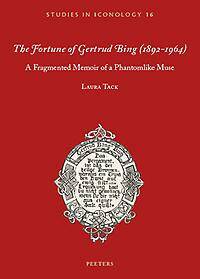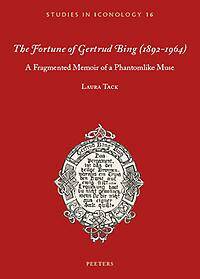
- Afhalen na 1 uur in een winkel met voorraad
- Gratis thuislevering in België vanaf € 30
- Ruim aanbod met 7 miljoen producten
- Afhalen na 1 uur in een winkel met voorraad
- Gratis thuislevering in België vanaf € 30
- Ruim aanbod met 7 miljoen producten
Zoeken
€ 42,00
+ 84 punten
Omschrijving
Sie stand anderen zur Seite und wuate sie zu inspirieren. It is clear that Ernst H. Gombrich saw Gertrud Bing (1892-1964) as the muse in the circle of scholars around Aby M. Warburg (1866-1929). Others have compared her to the figure of the nymph, which was essential to Warburg's thought. Indeed, with Warburg's fascination for the ninfa fiorentina, a picturing of 'the feminine' enters into the centre of his thinking. However, Warburg almost never voiced opinions about the role of gender in the structure of society. Nor does it seem that he actually admitted women to his intellectual universe. Gertrud Bing, it turns out, was the rare exception. Who was Gertrud Bing and what was her personal contribution to Warburg's scientific project? This essay intends to map the agency of Gertrud Bing, in a way that she herself would have probably preferred. According to her, the ideal biography ought to merge the personal with the intellectual, since, what one experiences as a human being will also find its way into the academic oeuvre one leaves behind.
Specificaties
Betrokkenen
- Auteur(s):
- Uitgeverij:
Inhoud
- Aantal bladzijden:
- 135
- Taal:
- Engels
- Reeks:
- Reeksnummer:
- nr. 16
Eigenschappen
- Productcode (EAN):
- 9789042941915
- Verschijningsdatum:
- 23/04/2020
- Uitvoering:
- Paperback
- Formaat:
- Trade paperback (VS)
- Afmetingen:
- 170 mm x 239 mm
- Gewicht:
- 408 g

Alleen bij Standaard Boekhandel
+ 84 punten op je klantenkaart van Standaard Boekhandel
Beoordelingen
We publiceren alleen reviews die voldoen aan de voorwaarden voor reviews. Bekijk onze voorwaarden voor reviews.











